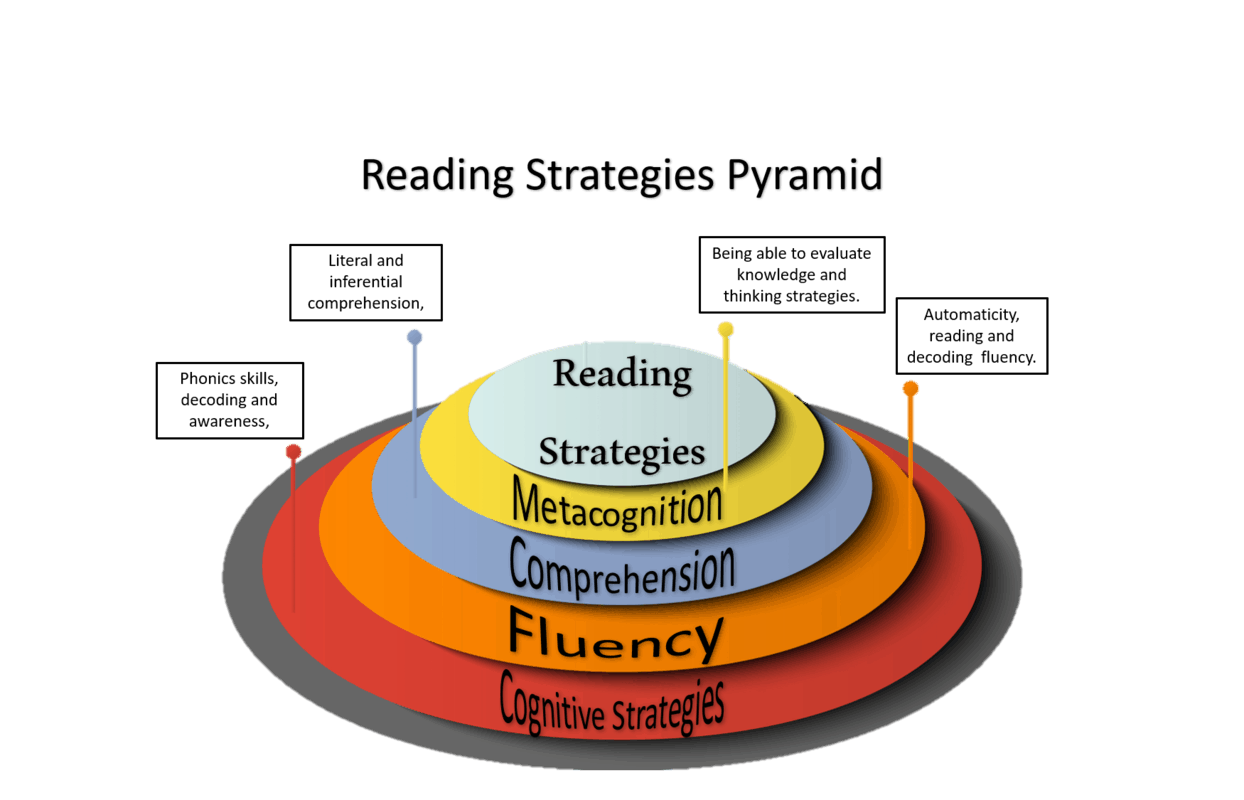Reading is a fundamental skill that is essential for learning and acquiring knowledge. However, simply reading words on a page is not enough to truly comprehend and retain information. To improve reading comprehension, it is important to employ effective strategies that help readers understand and engage with the text.
Before diving into the text, it is important to set a purpose for reading. Whether it is to gather specific information, analyze an argument, or simply enjoy a piece of literature, having a clear goal in mind can help focus your reading and enhance comprehension.
1. Preview the Text
One effective reading strategy is to preview the text before diving in. Skim through the headings, subheadings, and any bolded or italicized text to get a sense of the main ideas and structure of the text. This can help you better understand the context and anticipate what you will be reading.
2. Active Reading
Engage with the text actively by asking questions, making connections, and taking notes as you read. Highlight key points, unfamiliar words, and important details to help you remember and process the information better. By actively engaging with the text, you can improve your comprehension and retention of the material.
3. Summarize and Reflect
After reading a section or completing a text, take a moment to summarize the main points in your own words. Reflect on what you have just read and make connections to your own experiences or knowledge. This can help reinforce your understanding of the material and improve long-term retention.
4. Revisit and Review
To solidify your comprehension of the text, revisit and review the material at a later time. Skim through your notes, summaries, and key points to refresh your memory and reinforce your understanding. This can help you retain the information for longer periods and make connections to other concepts or texts.
In conclusion, effective reading strategies are essential for improving comprehension and retention of information. By setting a purpose, previewing the text, actively engaging with the material, summarizing and reflecting, and revisiting and reviewing the text, readers can enhance their reading skills and deepen their understanding of the material.
